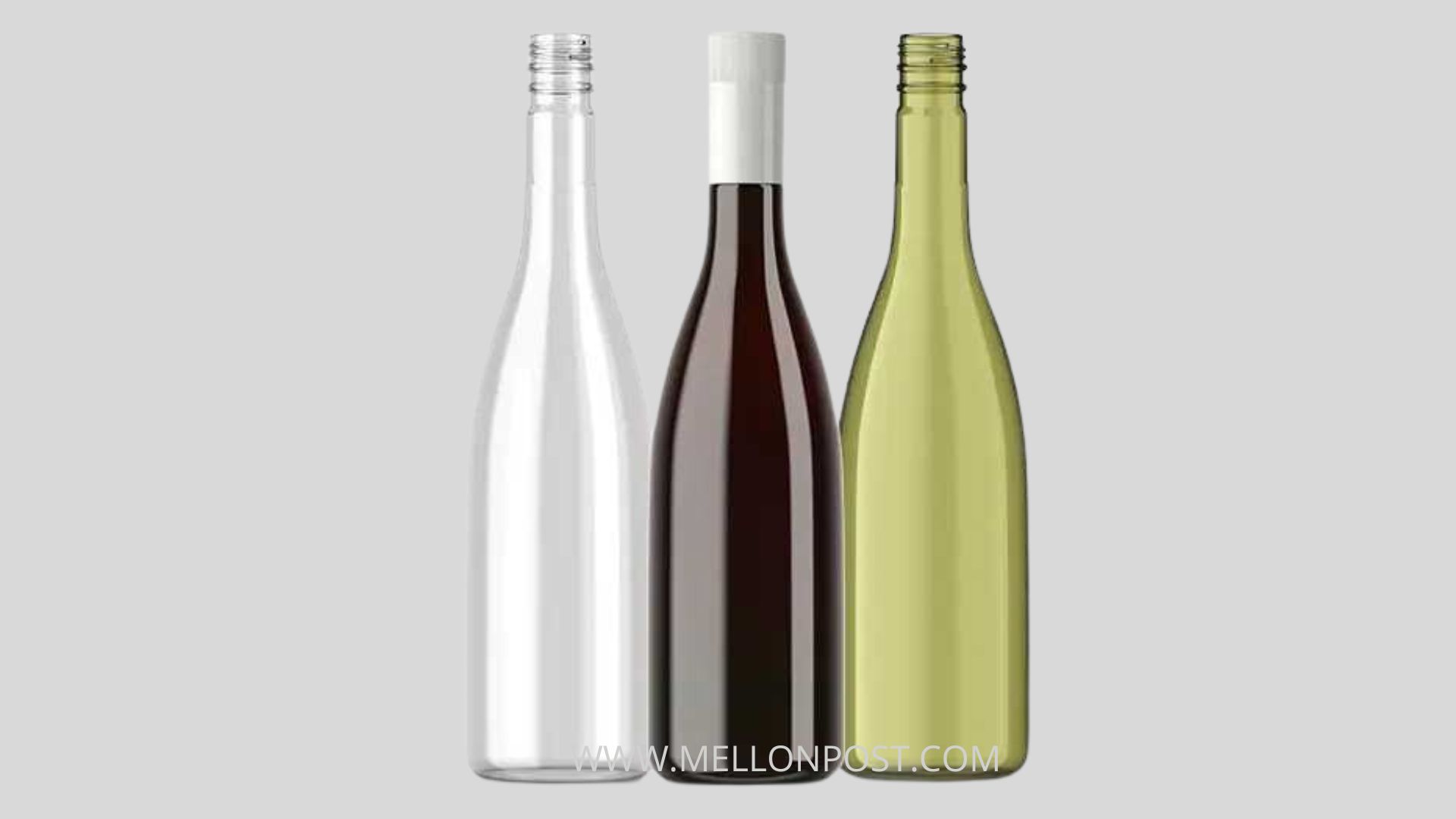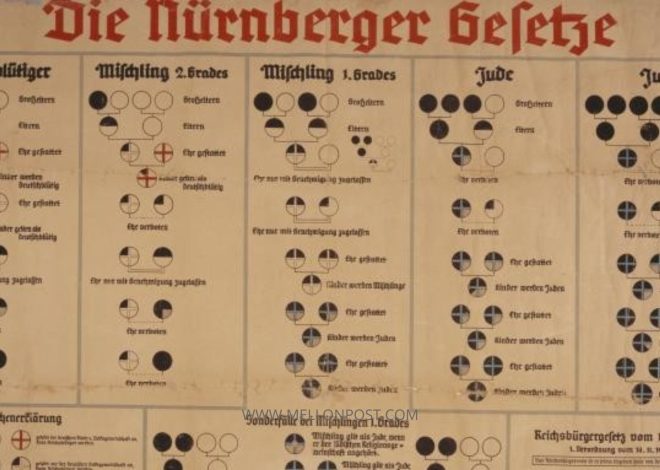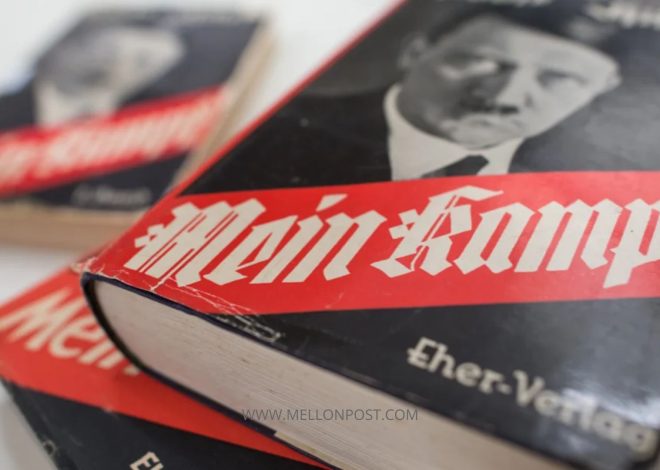
Why Are Wine Bottles Always 750ml ?
Table of Contents
Wine bottles are 750 ml for historical and practical reasons that date back to the 19th century:
The Standardization for Trade Between France and England
In the 19th century, the main buyers of French wines were the English. However, the English used the “imperial gallon” system, while the French used the metric system. To simplify trade and accounting, French winemakers in Bordeaux standardized wine bottles to 750 ml.
One barrel of wine was equivalent to 50 imperial gallons, which corresponded to exactly 300 bottles of 750 ml each. This made conversions easy, as one imperial gallon equaled 6 bottles of 750 ml.
Practical Considerations
The 750 ml size was chosen for several practical reasons:
- It was an efficient size for production, filling, and labeling on the bottling line
- It was a manageable size for consumers to pour and store
- It provided enough wine for a group of people to enjoy without being excessive
- It allowed for proper wine aging and maturation
Persistence of the Standard
The 750 ml bottle size became the industry standard in Europe and was later adopted in the United States in 1979 when the metric system was used for liquor bottles. This size persists today, and many wine cases are still sold in quantities of 6 or 12 bottles, reflecting the historical connection to the imperial gallon system.
In summary, the 750 ml wine bottle size became standardized in the 19th century due to trade between France and England, and it has endured as a practical and efficient size for the wine industry and consumers alike.
How bottle size affects wine ageing and Maturation
How does the 750 ml bottle size affect wine ageing and maturation?
The standardization of wine bottles to a size of 750 ml has significant implications for the ageing and maturation of wine. This bottle size, widely adopted in the wine industry, strikes a balance that facilitates optimal ageing conditions.
Oxygen Exchange and Ageing
One of the critical factors influencing wine ageing is the interaction between the wine and oxygen. In a 750 ml bottle, the ratio of wine volume to air space is optimized to allow for a controlled amount of oxygen to enter the bottle through the cork. This gradual oxygen exchange is essential for the maturation process, as it helps develop the wine’s flavors and aromas over time.
Oxidation Process: As wine ages, complex chemical reactions occur involving sugars, acids, and phenolic compounds (like tannins). These reactions can enhance the wine’s aroma, color, and taste. The moderate size of the 750 ml bottle ensures that oxygen diffuses slowly, promoting a gradual ageing process that can lead to a more harmonious and refined wine.
Comparison with Larger Bottles: Larger bottles, such as magnums (1.5 liters) or Jeroboams (3 liters), tend to age more slowly than standard 750 ml bottles. This is due to the higher volume of wine relative to the cork’s surface area, which reduces the rate of oxygen ingress. While larger bottles can produce wines with a more complex profile over a longer period, the 750 ml size remains optimal for many wines, allowing for a balance between ageing potential and accessibility.
Practical Considerations for Wine Ageing
The 750 ml bottle size is not only beneficial for ageing but also practical for consumers and winemakers:
Manageability: The size is convenient for pouring and serving, making it easier for consumers to enjoy wine without waste. It provides enough wine for a small gathering while being manageable for single servings.
Storage and Display: The 750 ml format fits well on retail shelves and is easier to store in wine cellars. This standardization simplifies logistics for producers and retailers, ensuring consistency in packaging.
Environmental Factors Influencing Ageing
While the bottle size plays a critical role, other factors also significantly influence the ageing process:
Temperature and Humidity: Wine should ideally be stored at a consistent temperature of around 55°F (13°C) with humidity levels around 70%. Fluctuations in temperature can accelerate ageing or damage the wine, while low humidity can dry out corks, allowing unwanted oxygen to enter the bottle.
Light Exposure: UV light can degrade wine quality, leading to premature ageing. Therefore, storing wine in dark environments is crucial for preserving its integrity.
Importance of the Bordeaux region to wine making
Why did the Bordeaux region play a significant role in establishing the 750 ml bottle size?
The Bordeaux region played a significant role in establishing the 750 ml bottle size due to a combination of historical, practical, and commercial factors that emerged during the 19th century. Here are the key reasons:
Historical Context of theBordeaux region
1. Roman Influence: The tradition of wine storage and transport can be traced back to Roman times when wines were stored in large amphoras. As the Romans expanded into regions like Bordeaux, they began using oak barrels, which evolved in size over time. By the 19th century, the standard size for wine barrels had settled at around 225 liters.
2. Standardization in Bordeaux: The Bordeaux region, known for its high-quality wines, became a focal point for wine production and trade. As the wine industry grew, so did the need for standardization in bottle sizes to facilitate trade, especially with England, which was one of the largest markets for Bordeaux wines.
Practical Considerations
1. Serving Size: The 750 ml bottle size was deemed optimal for serving wine at meals. It provides enough wine for a dinner for four people, allowing for a complete dining experience without significant leftovers. This practical consideration helped solidify the 750 ml size in the minds of both producers and consumers.
2. Aging and Maturation: The 750 ml bottle is also ideal for ageing wine. It allows for a balanced ratio of wine volume to air space, facilitating controlled oxygen exchange, which is essential for the maturation process. This size supports the development of complex flavors and aromas over time.
Commercial and Economic Factors
Trade with England: During the 19th century, the primary clients for Bordeaux wines were the English, who used the imperial gallon system. A standard barrel of wine was approximately 225 liters, which equated to 50 imperial gallons.
This conversion made it easy to calculate that one barrel could yield 300 bottles of 750 ml. This alignment with the English measurement system simplified trade and accounting, making it more efficient for both producers and merchants.
Production Efficiency: The 750 ml size became practical for winemakers, as it was easier to fill, label, and transport on production lines. The mass production of glass bottles during the Industrial Revolution also contributed to the popularity of this size, as automated glass blowing machines were calibrated to produce bottles of specific volumes, with 750 ml emerging as the standard.
Conclusion
The establishment of the 750 ml bottle size in the Bordeaux region was a multifaceted process influenced by historical practices, practical serving considerations, and commercial needs.
This standardization not only facilitated trade between wine-producing regions and markets but also optimized the ageing process of wines, making the 750 ml bottle a lasting symbol of wine culture worldwide. Today, it remains the most recognized and widely used bottle size in the global wine industry.
Continue reading: Story of the $20m mansion built on top of Kingfisher Towers

